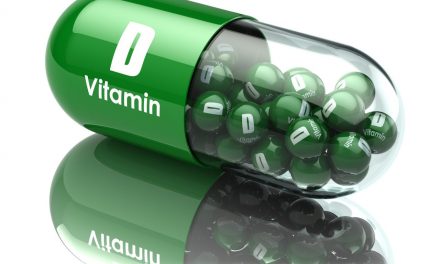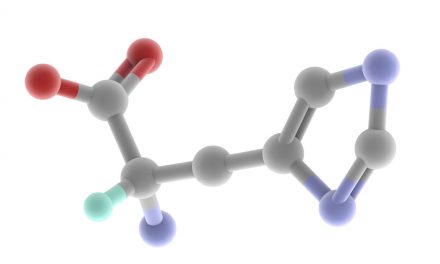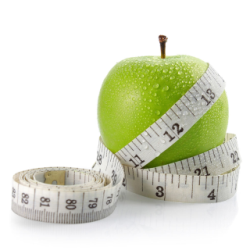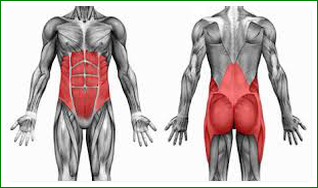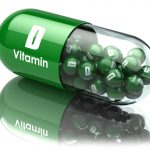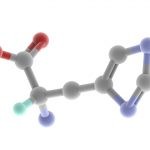*****
Before talking about the training methods for enhancing muscular development let’s give a definition to two different concepts: hypertrophy and hyperplasia.
Muscle hypertrophy: muscle volume increase due to increased volume of the elements that compose it (fibers, myofibrils, connective tissue, sarcomeres, contractile proteins etc..).
Muscle hyperplasia: increase of muscle volume consequent to numeric increase of the cells that compose it.
Aplasia: Muscle volume decrease following reduction of the number of cells that compose it.
Atrophy: Muscle volume decrease due to the decrease in the volume of individual cells.
Until some time ago it was believed that hyperplasia was impossible in human muscle, but recent studies seem to confirm, to the contrary, this possibility. The concept has yet to be clarified and, in any case, even if it were possible, the hyperplasia would have a minimum relevance in muscle growth.
Transient muscle Hypertrophy
- muscle edema (accumulation of fluid) caused by damage to the myofibrils and connective tissue perimuscolare;
- water retention, for example as a result of the use of creatine.
Chronic muscle hypertrophy
- Volume increase (hypertrophy) and the number of muscle cells (Hyperplasia), thanks to hormonal stimulation and the increased intake and retention of oxygen and nutrients.
The muscle hypertrophy is the result of:
- increase of myofibrils (both volume and in number) *;
- development of muscle wraps (Connective tissue);
- increased vascularization;
- increase in the number of fibers (hyperplasia).
(*) The fibers related to the volume increase are of both types (Slow and fast), but the higher increase affects the fast fibers.
Strength and Hypertrophy
Muscle strength depends primarily on the ability of the nervous recruitment of motor units, the ability to coordinate the contraction and relaxation of the agonist and antagonist muscles, the initial length of the muscle and its cross-section. Usually muscle hypertrophy increases muscle strength.
To stimulate muscle hypertrophy to the highest levels, we need to increase the volume of all the elements that make up the muscle. The physiology tells us that every muscle fiber component responds differently to a given training stimulus.
There are some items that are better suited to heavy loads lifted for a small number of reps and others who respond better to endurance training. For example, the white fibers are stimulated maximally using about 6 reps with a load of 80 to 85% of the maximum load while the red fibers are stimulated by the work of about 12-15 repetitions at 65-70% of the maximum load.
The white fibers increase more volume and more rapidly than the red fibers, however if the training program is interrupted atrophy quickly as opposed to the red that maintain their long-hypertrophy.
In addition to the white and red fibers there are intermediate fibers that, through an appropriate training, become specialized and more similar to one or another type. Within the muscle, there are also other elements such as capillaries and mitochondria that increase in size and number with moderate intensity workout (>15 repetitions with loads <60% of maximum).
CONCLUSIONS
The optimal stimulus for muscle hypertrophy is given to work with loads from 70 to 85% of the maximum load for 6-12 repetitions. However, considering the importance of the complete development of all components of the muscle is often useful to vary the workout routine both in terms of the volume and intensity of the exercises.
Multi-joint exercises create an anaerobic environment throughout the body, allowing you to improve the level of hypertrophy and strengthen your general physics. The exercises for the legs, especially the heavy composed ones (such as deadlifts, squats, leg presses, lunges, etc.) are a powerful stimulus for hypertrophy of the whole body. People with a top more highly developed than the lower limbs are in fact very common. In contrast, subjects with strong legs have, in most cases, a very good level of hypertrophy in the upper body also. Lactic acid promotes the increase of muscle mass thanks to a powerful stimulus on the secretion of anabolic hormones. For this reason it is good to maintain a high intensity, avoiding a long recovery time. A diet focused maximum muscle hypertrophy development must be rich, but not too much of proteins. The ideal proportion of proteins for daily intake is about 1.5-2.0 grams per kg of body weight. Beyond this threshold the benefits do not increase, in fact there are a whole series of reasons why high protein diet becomes even counterproductive.
